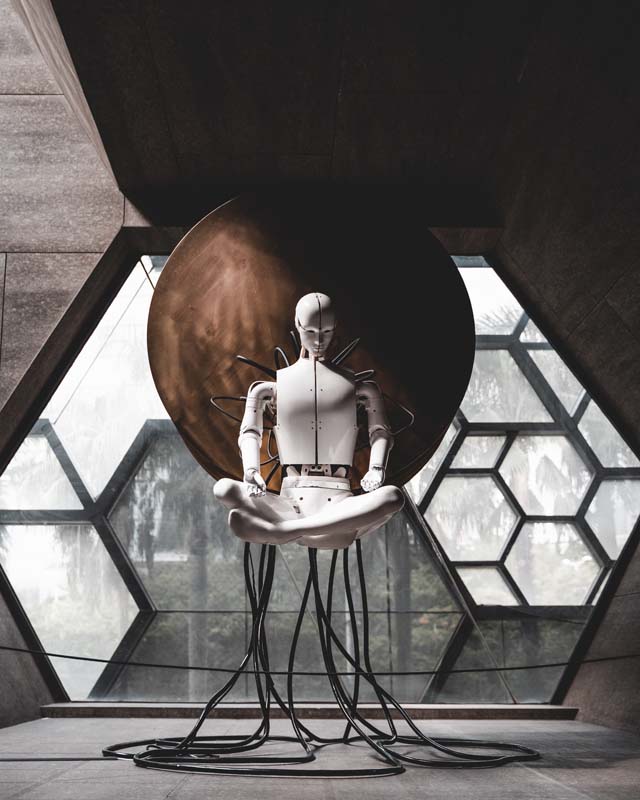World Humanoid Robot Games in Beijing: portal of heritage, technology
(MENAFN) The 2025 World Humanoid Robot Games in Beijing opened with a performance that merged cultural heritage and modern technology. Four robots clad in 3D-printed armor resembling terracotta warriors struck drums in unison, while five others danced fluidly alongside a live human performer, producing a striking fusion of art and science across centuries.
"With their dexterous hands, these humanoid robots hold drumsticks and execute precise strikes perfectly in time with the music," said Gao Qian, deputy head of the academic affairs office at the Beijing Dance Academy.
The group earned the first gold medal in the event’s dance competition. Their choreography drew inspiration from the Terracotta Warriors, created during the reign of Emperor Qinshihuang of the Qin Dynasty (221 B.C.–207 B.C.), known for unifying China for the first time.
"We are confident in showcasing traditional Chinese culture by integrating dance moves into robots' movements," Gao added, stressing that humanoid robot technology is advancing quickly.
The project was a collaboration between the Beijing Dance Academy and Optics Valley Dongzhi, the company that designed the 1.7-meter-tall, 70-kilogram robots. Development lasted three months, during which the robots’ limited initial programming struggled to achieve lifelike motion. The challenge was overcome when a BDA dancer performed routines wearing a motion-capture suit, allowing those movements to be accurately transferred into the robots’ programming.
"With their dexterous hands, these humanoid robots hold drumsticks and execute precise strikes perfectly in time with the music," said Gao Qian, deputy head of the academic affairs office at the Beijing Dance Academy.
The group earned the first gold medal in the event’s dance competition. Their choreography drew inspiration from the Terracotta Warriors, created during the reign of Emperor Qinshihuang of the Qin Dynasty (221 B.C.–207 B.C.), known for unifying China for the first time.
"We are confident in showcasing traditional Chinese culture by integrating dance moves into robots' movements," Gao added, stressing that humanoid robot technology is advancing quickly.
The project was a collaboration between the Beijing Dance Academy and Optics Valley Dongzhi, the company that designed the 1.7-meter-tall, 70-kilogram robots. Development lasted three months, during which the robots’ limited initial programming struggled to achieve lifelike motion. The challenge was overcome when a BDA dancer performed routines wearing a motion-capture suit, allowing those movements to be accurately transferred into the robots’ programming.

Legal Disclaimer:
MENAFN provides the
information “as is” without warranty of any kind. We do not accept
any responsibility or liability for the accuracy, content, images,
videos, licenses, completeness, legality, or reliability of the information
contained in this article. If you have any complaints or copyright
issues related to this article, kindly contact the provider above.
Most popular stories
Market Research

- Poppy Seed Market Size, Share, In-Depth Insights, Opportunity And Forecast 2025-2033
- The Dubai Insiders Club Expands Access To Australia And Asia Amid Surge In International Investor Demand
- What Are The Latest Trends In The Europe Steel Market For 2025?
- UK Digital Health Market To Reach USD 37.6 Billion By 2033
- Nowpayments To Participate In Sigma Europe Rome 2025
- Japan Skin Care Products Market Size Worth USD 11.6 Billion By 2033 CAGR: 4.18%






















Comments
No comment